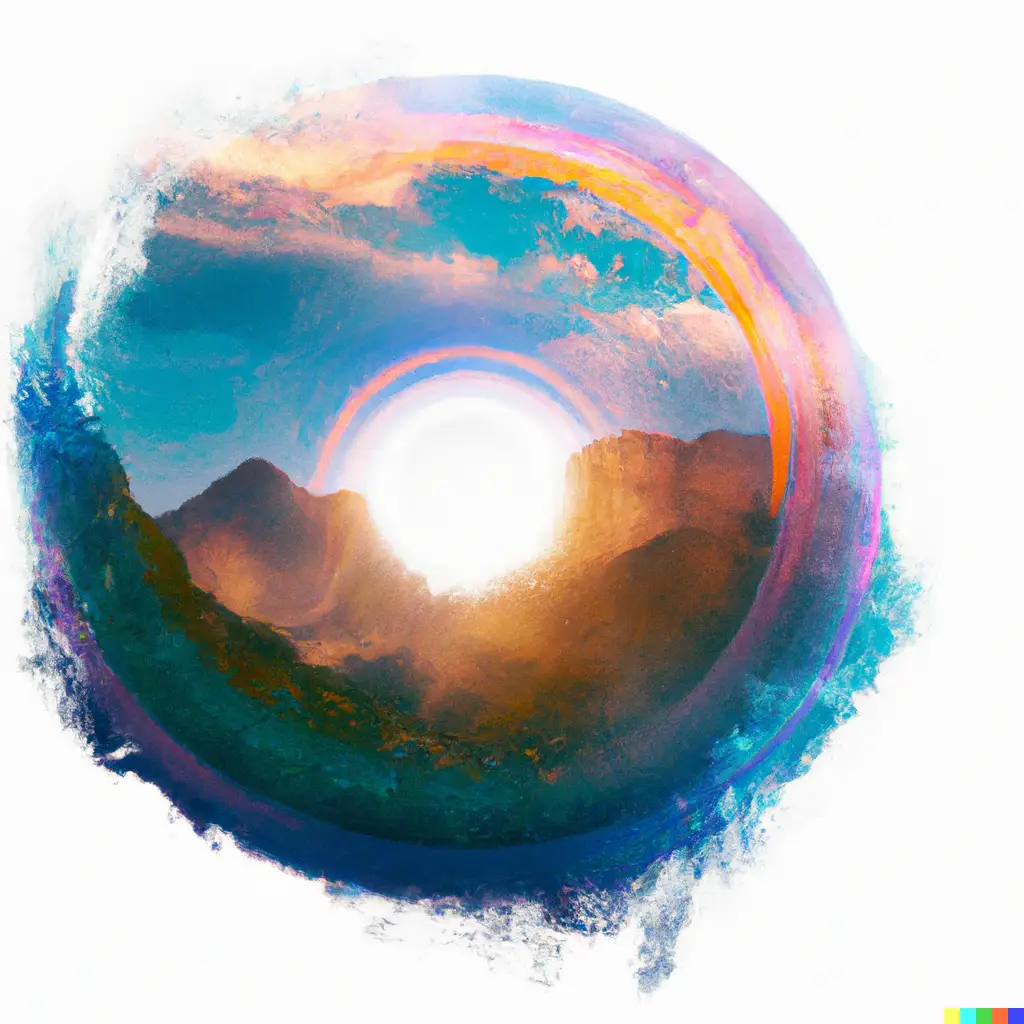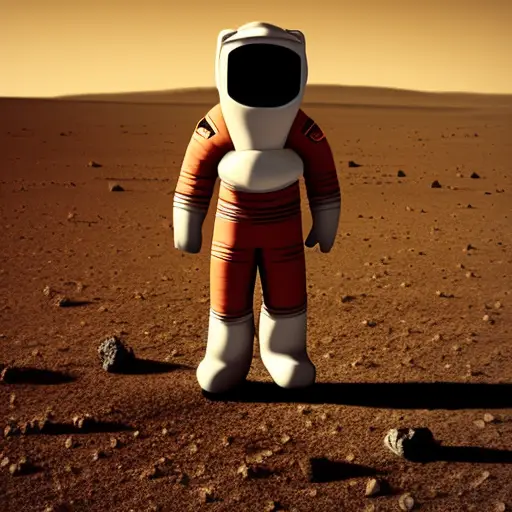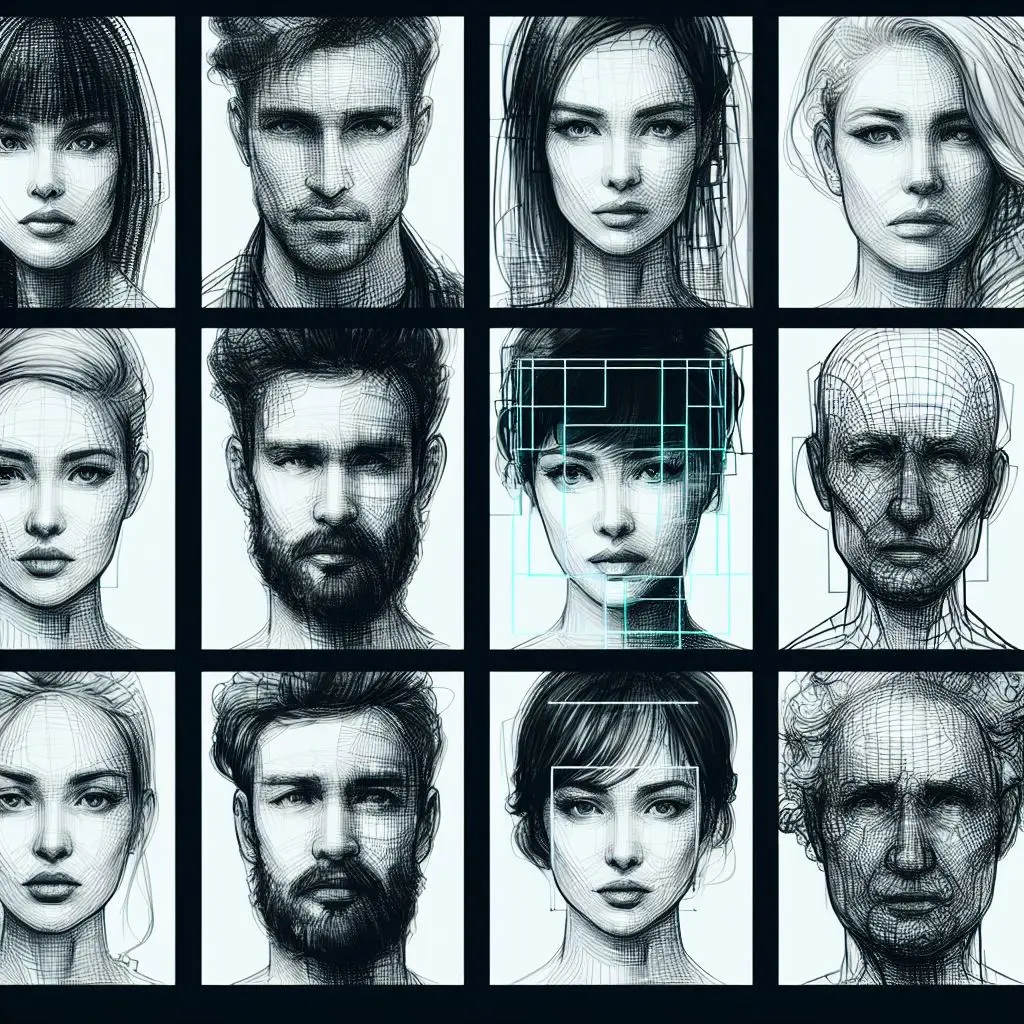Stable diffusion is a technique for generating high-resolution images from text descriptions, using a latent diffusion model (LDM) that operates in a compressed latent space. DALL·E 2 is an example of a stable diffusion model that can create realistic and artistic images with 4x greater resolution than its predecessor, DALL·E. In this article, we will show you how to train your own stable diffusion model using PyTorch and the Diffusers library.
Requirements
To train a stable diffusion model, you will need the following:
- A GPU with at least 16 GB of memory. We recommend using an NVIDIA RTX 3090 or higher.
- A large dataset of text-image pairs. We recommend using the LAION-5B dataset, which contains 5 billion text-image pairs scraped from the web. You can download it from here.
- PyTorch 1.10 or higher. You can install it with
pip install torch. - Diffusers 0.3.0 or higher. You can install it with
pip install diffusers. - A pretrained discrete variational autoencoder (VAE) that can compress images to a 32x32 grid of discrete latent codes. We recommend using the one provided by OpenAI, which you can download from here.
- A pretrained text encoder that can embed text descriptions into fixed-length vectors. We recommend using OpenCLIP-ViT/H, which you can download from here.
Model architecture
A stable diffusion model consists of three main components: a text encoder, an image encoder, and an image decoder. The text encoder takes a text description as input and outputs a vector representation of it. The image encoder takes an image as input and outputs a vector representation of it. The image decoder takes a vector representation of an image and outputs a reconstructed image.
The text encoder and the image encoder are fixed during training and are not updated by the gradient descent. The image decoder is the only trainable component of the model and is updated by minimizing the negative log-likelihood of the data.
The image decoder is based on a U-Net architecture, which consists of a series of convolutional layers with skip connections between them. The U-Net takes as input the concatenation of the text embedding, the image embedding, and a noise vector sampled from a Gaussian distribution. The U-Net outputs a probability distribution over the discrete latent codes for each pixel in the 32x32 grid.
The training procedure follows the latent diffusion model framework, which iteratively denoises the image embedding from a high-noise level to a low-noise level, while conditioning on the text embedding and the noise vector.
Training code
We will use the Diffusers library to implement the training code for our stable diffusion model. The Diffusers library provides a high-level API for building and training diffusion models in PyTorch.
First, we import the necessary modules and set some hyperparameters:
import torch
import diffusers
from diffusers import StableDiffusionPipeline, EulerDiscreteScheduler
# Hyperparameters
batch_size = 16 # Number of text-image pairs per batch
num_steps = 100000 # Number of training steps
lr = 2e-4 # Learning rate
betas = (0.9, 0.999) # Adam optimizer betas
eps = 1e-8 # Adam optimizer epsilon
clip_norm = 1.0 # Gradient clipping norm
Next, we load the dataset, the VAE, the text encoder, and the image decoder:
# Load dataset
dataset = diffusers.datasets.LAION5B('path/to/dataset', split='train')
dataloader = torch.utils.data.DataLoader(dataset, batch_size=batch_size, shuffle=True)
# Load VAE
vae = diffusers.models.VAE.from_pretrained('openai/vae')
# Load text encoder
text_encoder = diffusers.models.OpenCLIP.from_pretrained('openai/clip-vit-h')
# Load image decoder
image_decoder = diffusers.models.UNet(
in_channels=text_encoder.embed_dim + vae.embed_dim + vae.num_channels,
out_channels=vae.num_codes,
hidden_channels=256,
num_res_blocks=2,
num_downsamples=4,
num_upsamples=4,
use_attn=True,
dropout=0.1,
)
Then, we create the stable diffusion pipeline, which handles the training loop logic for us:
# Create stable diffusion pipeline
pipeline = StableDiffusionPipeline(
vae=vae,
text_encoder=text_encoder,
image_decoder=image_decoder,
scheduler=EulerDiscreteScheduler.from_pretrained('stabilityai/stable-diffusion-2', subfolder='scheduler'),
device='cuda',
)
Finally, we train the model using the pipeline’s fit method:
# Train the model
pipeline.fit(
dataloader=dataloader,
num_steps=num_steps,
lr=lr,
betas=betas,
eps=eps,
clip_norm=clip_norm,
log_interval=100, # Print logs every 100 steps
save_interval=1000, # Save checkpoints every 1000 steps
save_dir='path/to/save/dir', # Directory to save checkpoints
)
Evaluation
To evaluate our trained model, we can use the pipeline’s generate method to generate images from text prompts. For example, we can generate an image of “a cat wearing a hat and sunglasses” as follows:
# Generate an image from a text prompt
prompt = "a cat wearing a hat and sunglasses"
image = pipeline.generate(prompt).images[0]
# Save the image
image.save("cat.png")We can also use the pipeline’s reconstruct method to reconstruct an existing image from a text prompt. For example, we can reconstruct an image of a dog from the prompt “a dog with blue fur and yellow eyes” as follows:
# Load an image of a dog
image = diffusers.utils.load_image("dog.jpg")
# Reconstruct the image from a text prompt
prompt = "a dog with blue fur and yellow eyes"
recon = pipeline.reconstruct(prompt, image).images[0]
# Save the reconstructed image
recon.save("dog_recon.png")We hope this article has given you a clear overview of how to train a stable diffusion model like DALL·E 2. If you have any questions or feedback, please feel free to comment below.







Add a Comment: